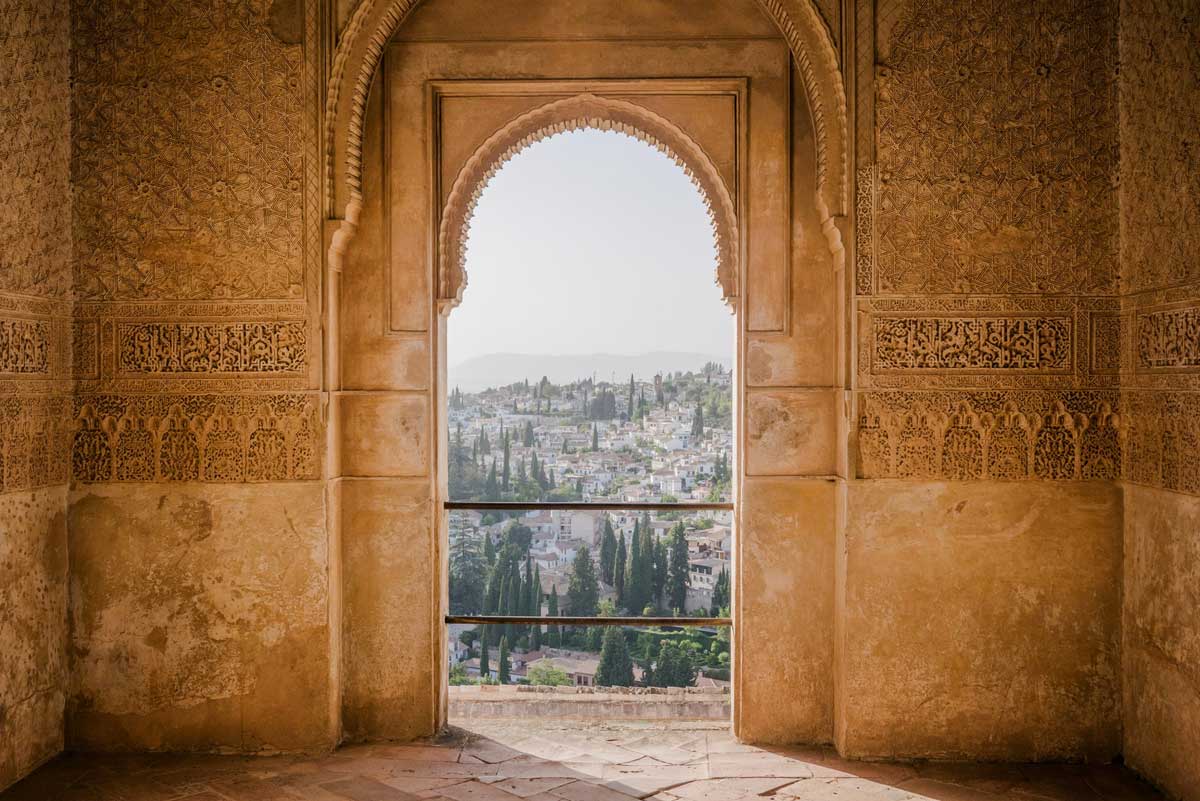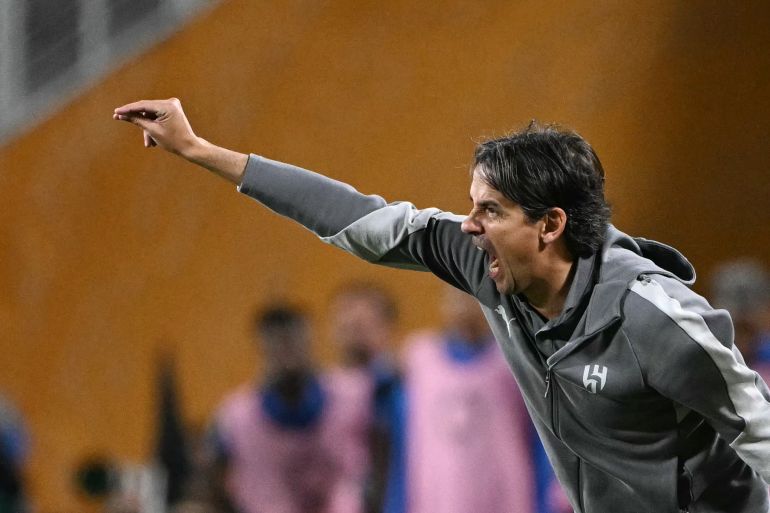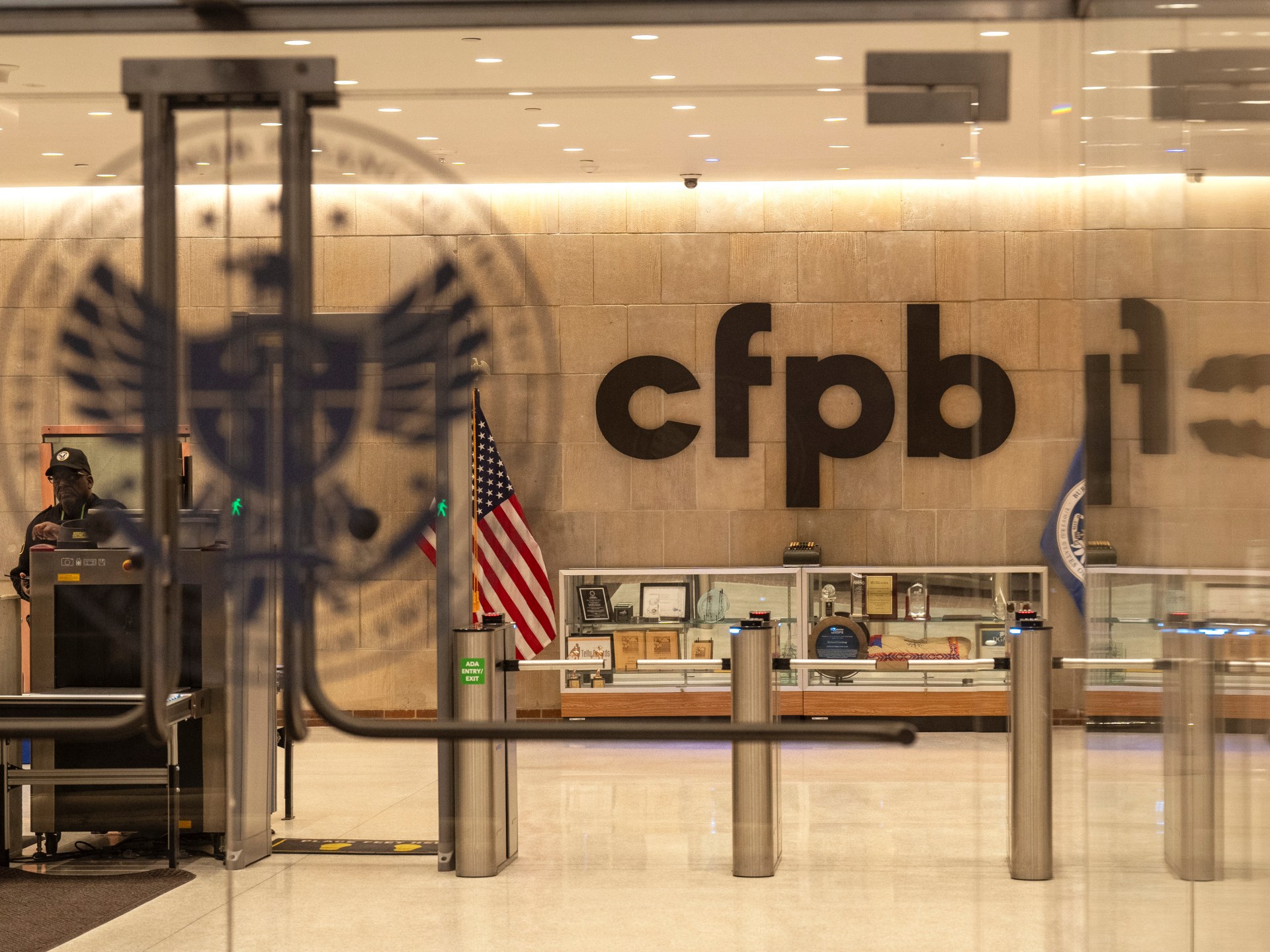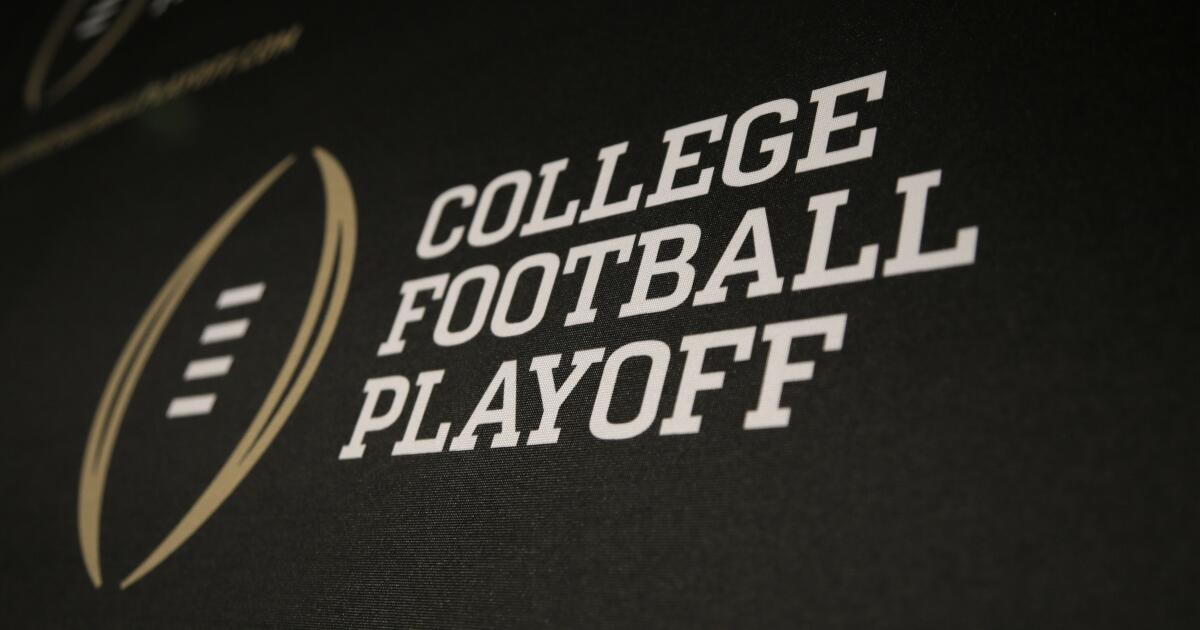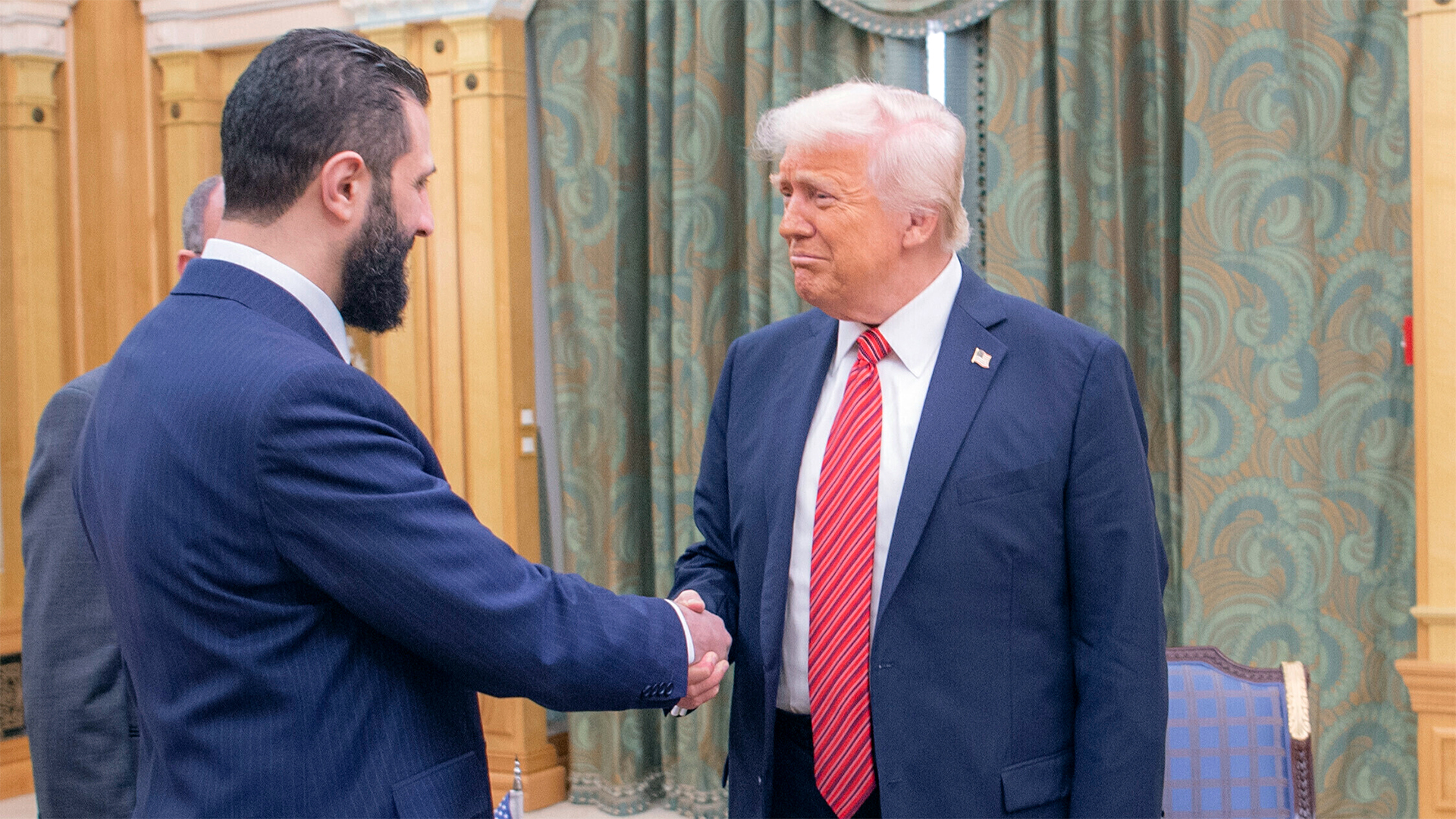Trump shifts ceasefire stance and urges Ukraine to agree Russia peace deal
BBC News
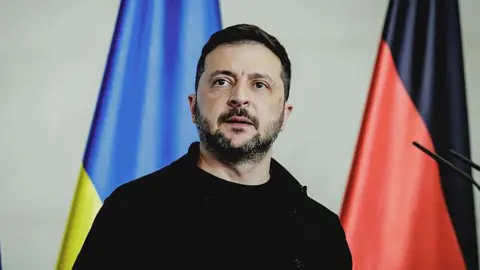 Getty Images
Getty ImagesUkrainian President Volodymyr Zelensky has said that Russia’s refusal to agree to a ceasefire is complicating efforts to end the war.
“We see that Russia rebuffs numerous calls for a ceasefire and has not yet determined when it will stop the killing. This complicates the situation,” he said in a statement on ‘X’.
On Monday, the Ukrainian leader travel to Washington DC, where US President Donald Trump has said he will urge Zelensky to agree to a peace deal.
Trump has said he wants to bypass a ceasefire in Ukraine to move directly to a permanent peace agreement after his meeting with Russian President Vladimir Putin.
In a major shift of position, the US president said on Truth Social following Friday’s summit that this would be “the best way to end the horrific war between Russia and Ukraine”, adding ceasefires often “do not hold up”.
Following a phone call with Trump after the summit, Zelensky called for a real, lasting peace, while adding that “the fire must cease” and killings stop.
In his later statement on social media Zelensky outlined his requirements for “a truly sustainable and reliable peace” with Moscow, including a “credible security guarantee” and the return of children he says were “abducted from occupied territories” by the Kremlin.
Trump’s comments indicate a dramatic shift in his position on how to end the war, having said only on Friday ahead of the summit that he wanted a ceasefire “rapidly”.
Ukraine’s main demand has been a quick ceasefire before talks about a longer-term settlement, and Trump reportedly told European leaders beforehand that his goal for the summit was to obtain a ceasefire deal.
Meanwhile, Putin reportedly presented Trump a peace offer that would require Ukraine to withdraw from the Donetsk region of the Donbas, in return for Russia freezing the front lines in Zaporizhzhia and Kherson.
Russia illegally annexed Crimea from Ukraine in 2014, then launched a full-scale invasion of the country eight years later. It claims the Donbas as Russian territory and controls most of Luhansk and about 70% of Donetsk.
The US president, who has previously said any peace deal would involve “some swapping of territories”, is said to have relayed the offer to Zelensky in the call following the summit.
Just days ago, Ukraine’s president ruled out ceding control of the Donbas – made up the regions of Luhansk and Donetsk – saying it could be used as a springboard for future Russian attacks.
The BBC’s US partner CBS has reported, citing diplomatic sources, that European diplomats were concerned Trump may try to pressure Zelensky on Monday into agreeing to deal terms he and Putin may have discussed at the summit.
CBS quotes sources as saying that Trump told European leaders in a call after the summit that Putin would make “some concessions”, but failed to specify what they were.
In an interview with Fox News following Friday’s summit, Trump was asked what advice he has for the Ukrainian leader, to which he responded by saying “make a deal”.
“Russia’s a very big power and they’re not,” he added.
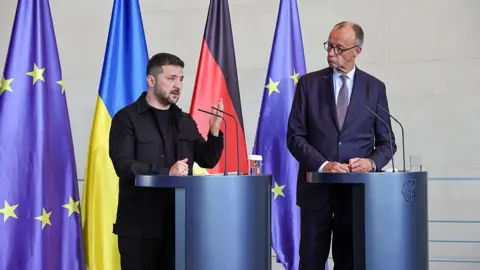 Getty Images
Getty ImagesTrump had previously threatened “very severe consequences” if Putin did not agree to end the war, last month setting a deadline for Moscow to reach a ceasefire or face tough new sanctions, including secondary tariffs.
Little was announced by way of an agreement by either president following Friday’s summit, but Trump insisted progress had been made.
On Saturday, Putin described the summit as “very useful” and said he had been able “set out our position” to Trump.
“We had the opportunity, which we did, to talk about the genesis, about the causes of this crisis. It is the elimination of these root causes that should be the basis for settlement,” the Russian president said.
Later, a senior Russian diplomat told BBC Newshour that the summit in Alaska was “a very important building block for further efforts” to end the war.
Russia’s First Deputy Permanent Representative to the United Nations, Dmitry Polyanskiy, said that everybody who wants peace “should be satisfied by the outcome”. He wouldn’t say if Putin should now meet with Zelensky.
Meanwhile, the “coalition of the willing” – a group of countries that have pledged to strengthen support for Ukraine that includes the UK, France, and Germany – will hold a call on Sunday afternoon before Zelensky’s visit to the White House on Monday.
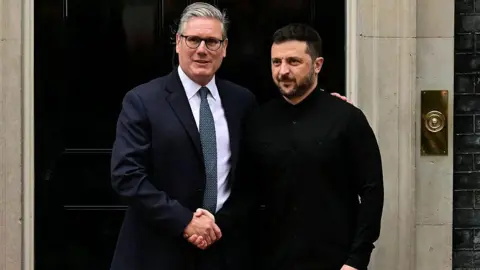 Getty Images
Getty ImagesA group of European leaders, including French President Emmanuel Macron, German Chancellor Friedrich Merz and European Commission President Ursula von der Leyen, said “the next step must now be further talks including President Zelensky”.
The leaders said they were “ready to work” towards a trilateral summit with European support.
“We stand ready to uphold the pressure on Russia,” they said, adding: “It will be up to Ukraine to make decisions on its territory. International borders must not be changed by force.”
UK Prime Minister Keir Starmer praised Trump’s efforts to end the war, saying they had “brought us closer than ever before”.
“While progress has been made, the next step must be further talks involving President Zelenskyy. The path to peace in Ukraine cannot be decided without him,” he said.
And in Kyiv, Ukrainians have described feeling “crushed” by the scenes from Alaska.
“I understand that for negotiations you shake hands, you can’t just slap Putin in the face when he arrives. But this spectacle with the red carpet and the kneeling soldiers, it’s terrible, it makes no sense,” Serhii Orlyk, a 50-year-old veteran from the eastern Donetsk region said.


